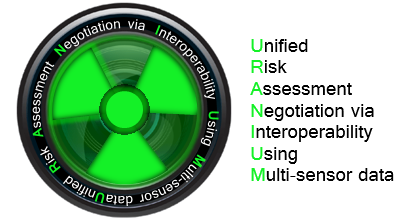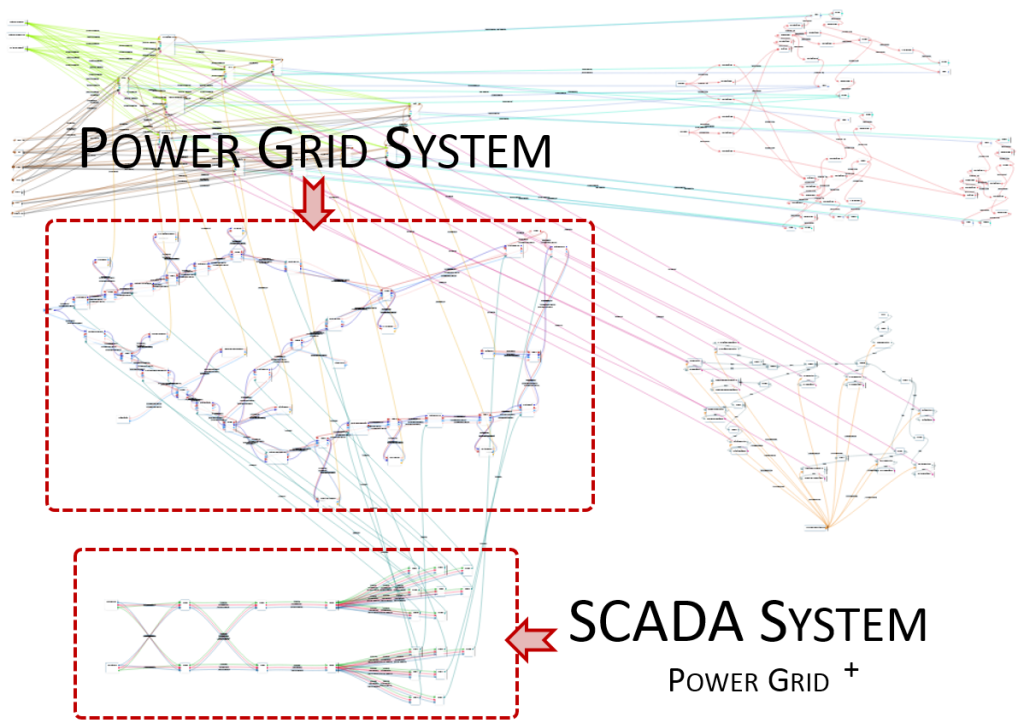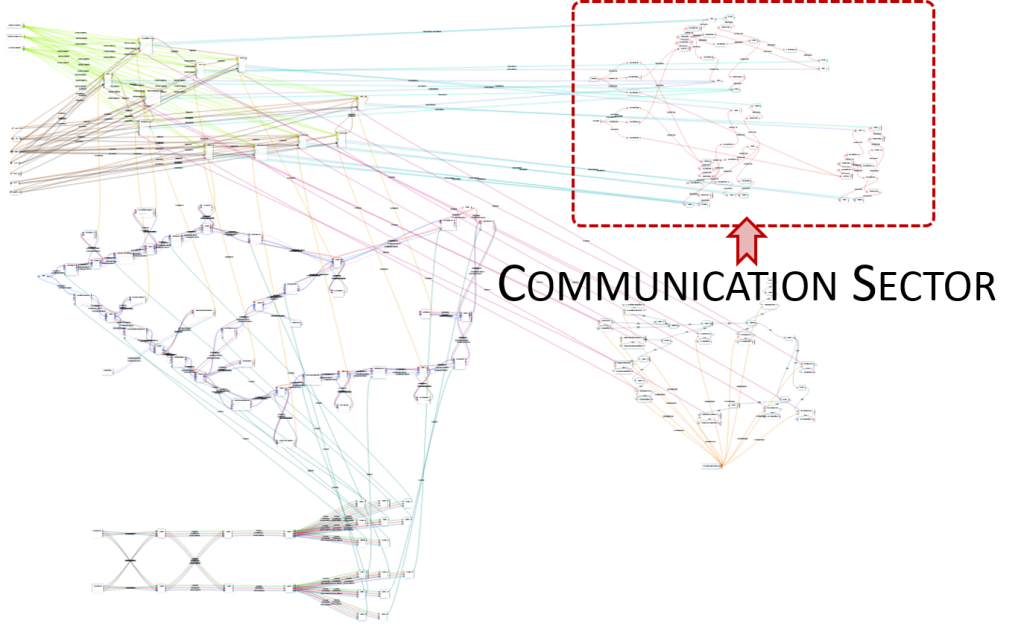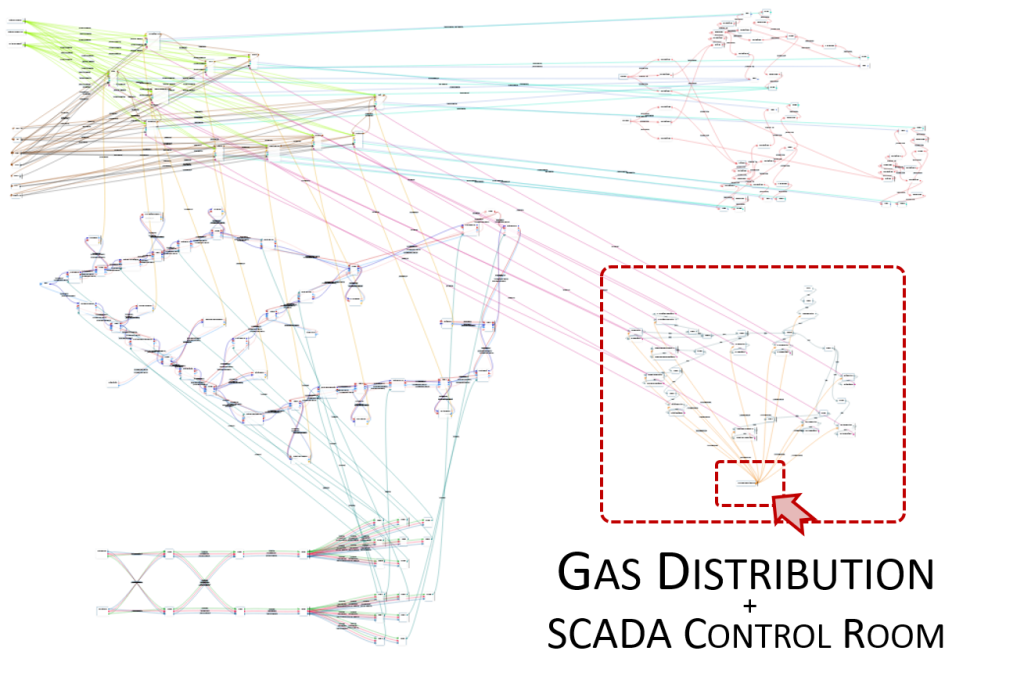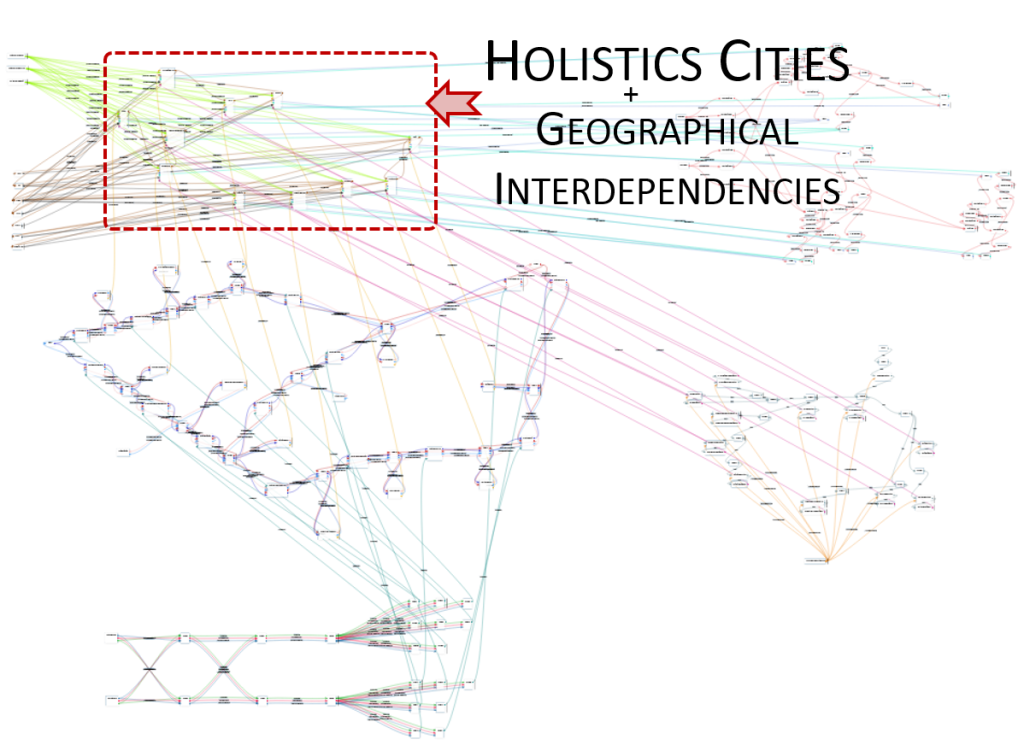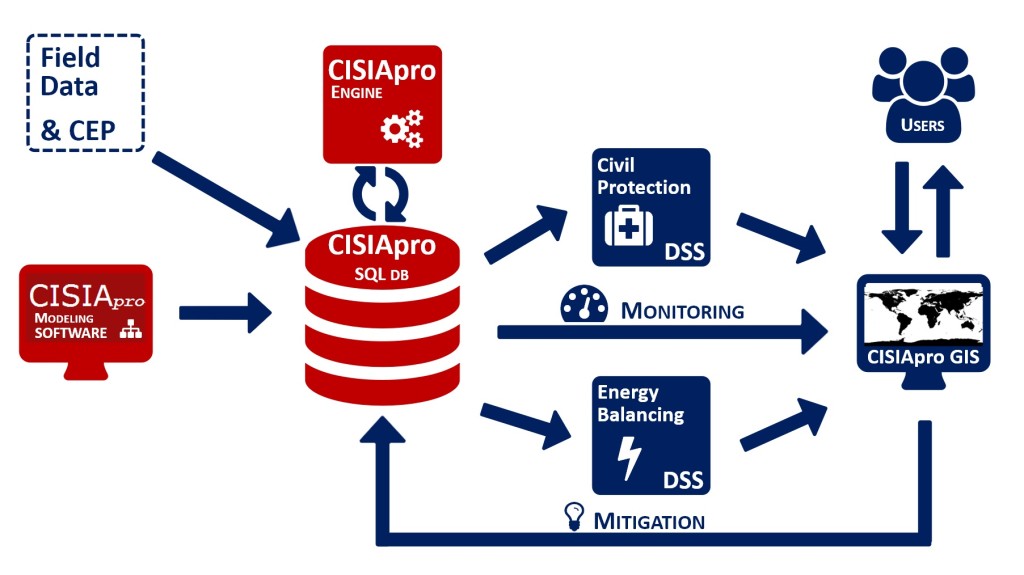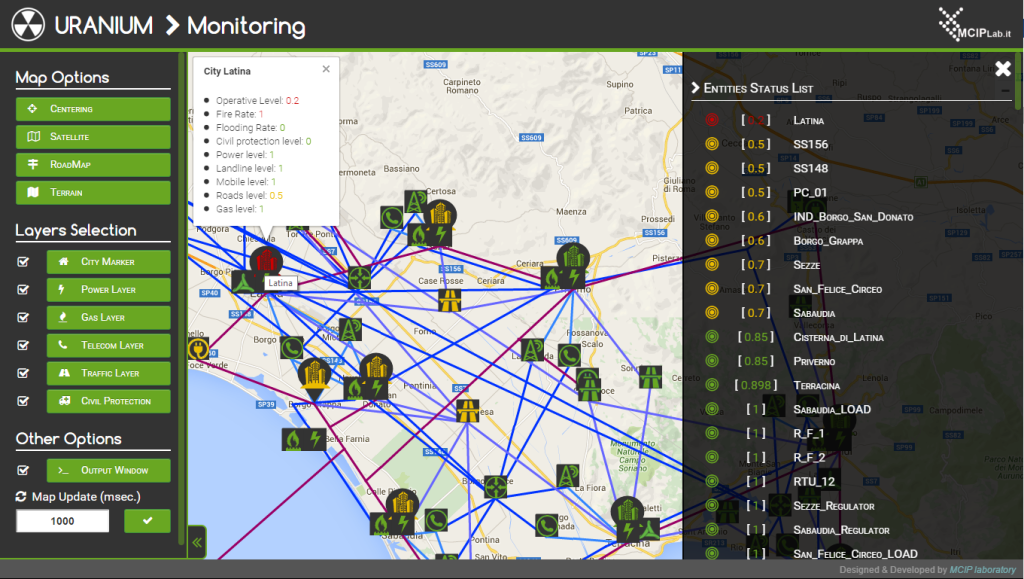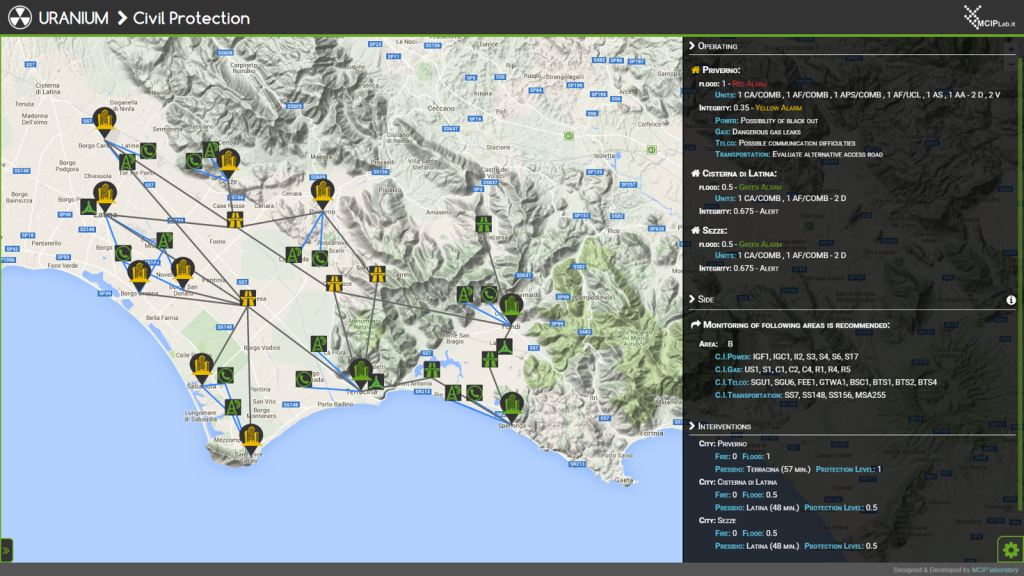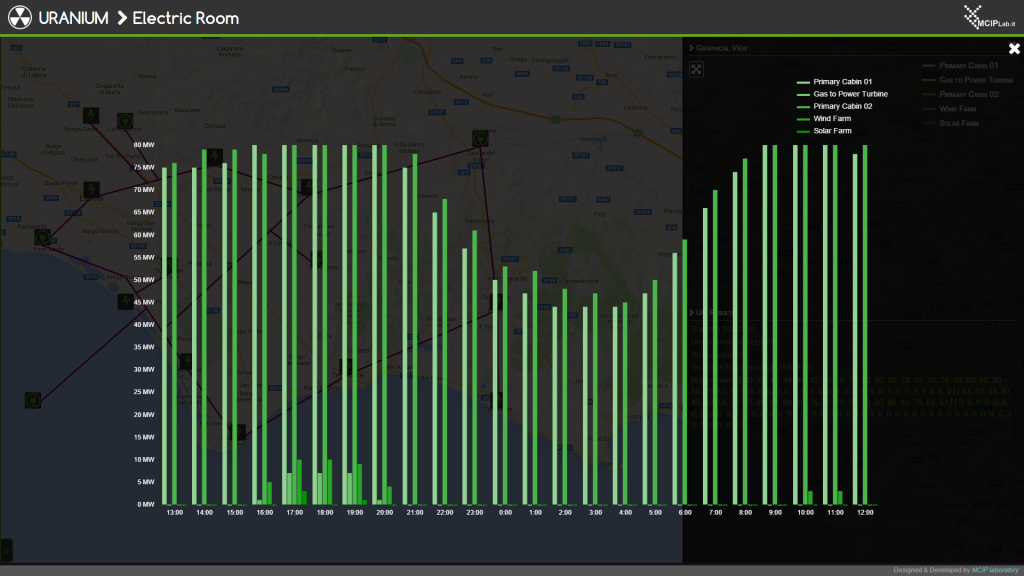The main activities performed by this Work Package are:
TASK 501: Requirements of a SA Console
The SA Console and the Decision Support Systems (DSSs) have been designed starting from some requirements decided among partners and taking into account the latest results in the field of DSSs for Critical Infrastructures. In particular, the Console:
- provides an interactive interface for monitoring the actual situation;
- displays Geographic Information System (GIS) of relevant equipment in a geographical area in analysis;
- shows the CI sectors of interest during rescue operations: telecommunications, roads, urban center, civil protection safeguards;
- shows all the information available about each CI sector;
- shows the alarm status (Normality, Attention, Green Alarm, Yellow Alarm, Red Alarm) of each CI sectors, based on the Civil Protection activation states;
- is updated whenever there is a change of state;
- shows the emergency, ranked by the intervention priority degree;
- shows the intervention operating tips, for each emergency, based on the Civil Protection operative standards;
- shows the intervention collateral tips considering the primary service health status in the area of emergency epicentre;
- shows the civil protection resources assignment tips;
- shows information relating to the estimated arrival time of the first rescue vehicle on the epicentre of every emergency;
- shows the level of Civil Protection tools suggested for each intervention;
- includes an alarm whether the resources available are not sufficient to cope the multi emergencies;
- provides the operator with the ability to change the criteria weight according to the importance attributed in particular multi emergencies;
- provides the ability to view the outcome of the mitigation plan suggested implementation.
TASK 502-503: Design of SA Console & Implementation of SA Console
URANIUM platform is based on CISIApro engine to calculate the cascading effect through the interdependencies model, and on CISIApro GIS (Geographical Information Security) to georeferencing and display the critical infrastructures of URANIUM case study and the outputs of simulations.
CISIApro (www.cisiapro.com) and CISIApro GIS (uranium2.dia.uniroma3.it/uranium/) are software deployed thanks to the effort of MCIP Laboratory (www.mciplab.it) at University of Roma Tre (Department of Engineering).
In the following the interdependency models that have been implemented in CISIApro platform:
URANIUM platform is a Database-centric Architecture in which database play a crucial role. This
centralized asynchronous design allows a good modularity where each element, of our IT infrastructure, is capable to interfacing, independently, with a centralized DB to get the last actualized data.
At same time, with this architecture, we are able through CISIApro modelling software, to dynamically change the interdependencies model and plugin other modules (like DSS modules of CEP module) in order to have a real-time scalable and flexible system which can be changed at any time.
For the implementation of CISIApro GIS have been used, for the server side, PHP, Python and C++ program languages while for the client side have been used HTML5, CSS3 and javascript/jQuery technologies.
TASK 504: Validation of SA Console
The case study of a provincial area (in particular the Italian province of Latina, in the southern area of Rome), has been used to validate the overall system.
The aim was to 1) determine the optimal allocation of emergencies to operating presidios of Civil Protection, in order to provide an adequate and timely response to the catastrophic events in place, and 2) calculate the optimal schedule of electrical generators, in order to meet the forecasted load consumptions.
The two problems have different features and are solved using two different optimization algorithms that are modified in order to use as inputs the CISIApro results.
In the first problem, the DSS orders the priority actions of each Civil Protection unit to mitigate potential critical issues that could happen in the next near future.
In the second problem, the unit commitment algorithm has a temporal horizon of 24 hours and five possible generators to schedules. The electrical loads are the city town and the hourly profile is based on the public information available from the Italian transmission system operator (i.e., Terna) of the day before the simulation and on the population size.
The URANIUM project takes into account possible catastrophic events in which an immediate availability of data and news is necessary to support the rescue and strategy planning in a short time. The system has an innovative approach when studying the impact of catastrophes on interconnected Critical Infrastructures and the optimal allocation of resources and services during malfunctioning and restoration process.
CISIApro evaluates consequences of adverse events in complex scenario where several interconnected critical infrastructures are considered. The possible adverse events can be of heterogeneous type: from cyber-attacks to mechanical faults and even natural disasters.
Using a decision support system in connection with CISIApro helps operator in making smart decisions, taking into account also consequences of adverse events and not only the single occurrence alarms. We demonstrate in URANIUM how a single model for critical infrastructures can feed different downstream decision support systems.
This approach has been experimentally tested on a realistic and quite complex case study of a smart area. The results demonstrate the effectiveness and the improvement of the proposed overall system.
